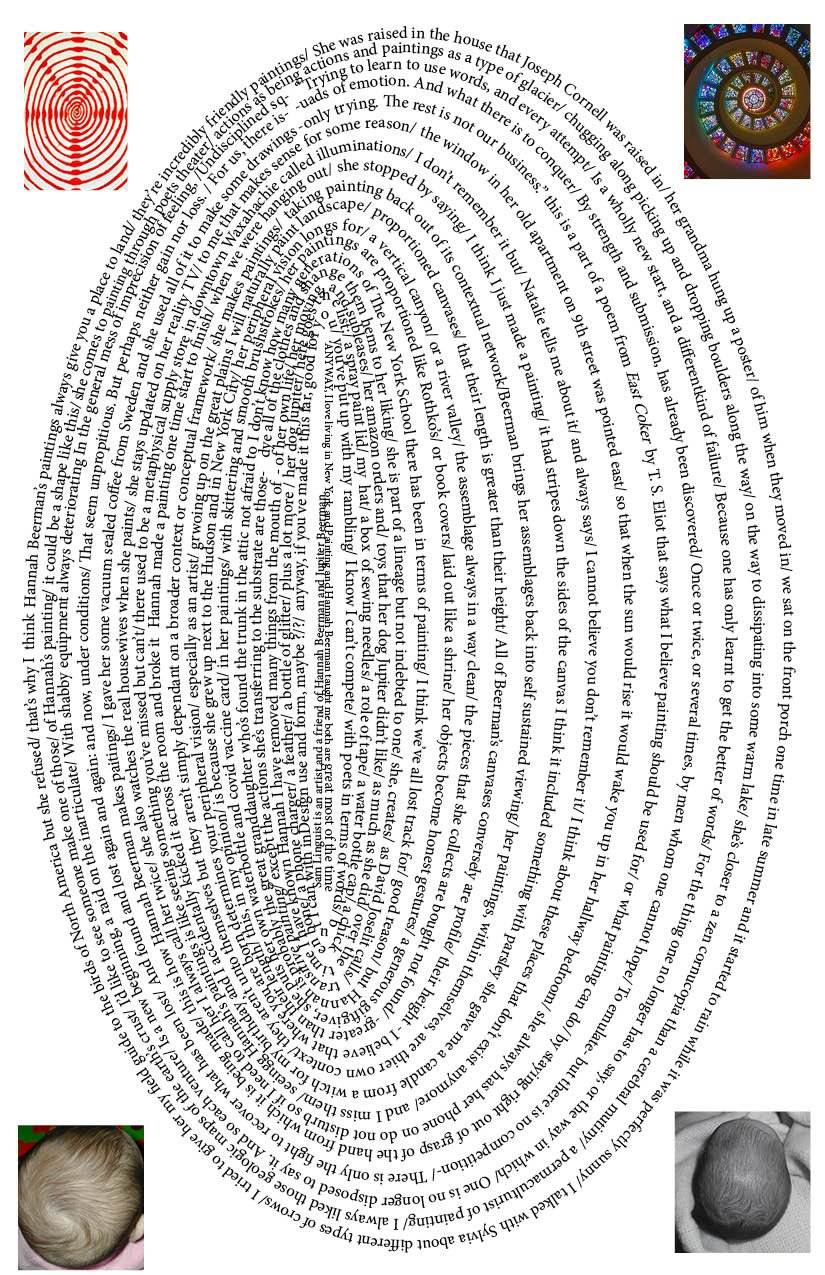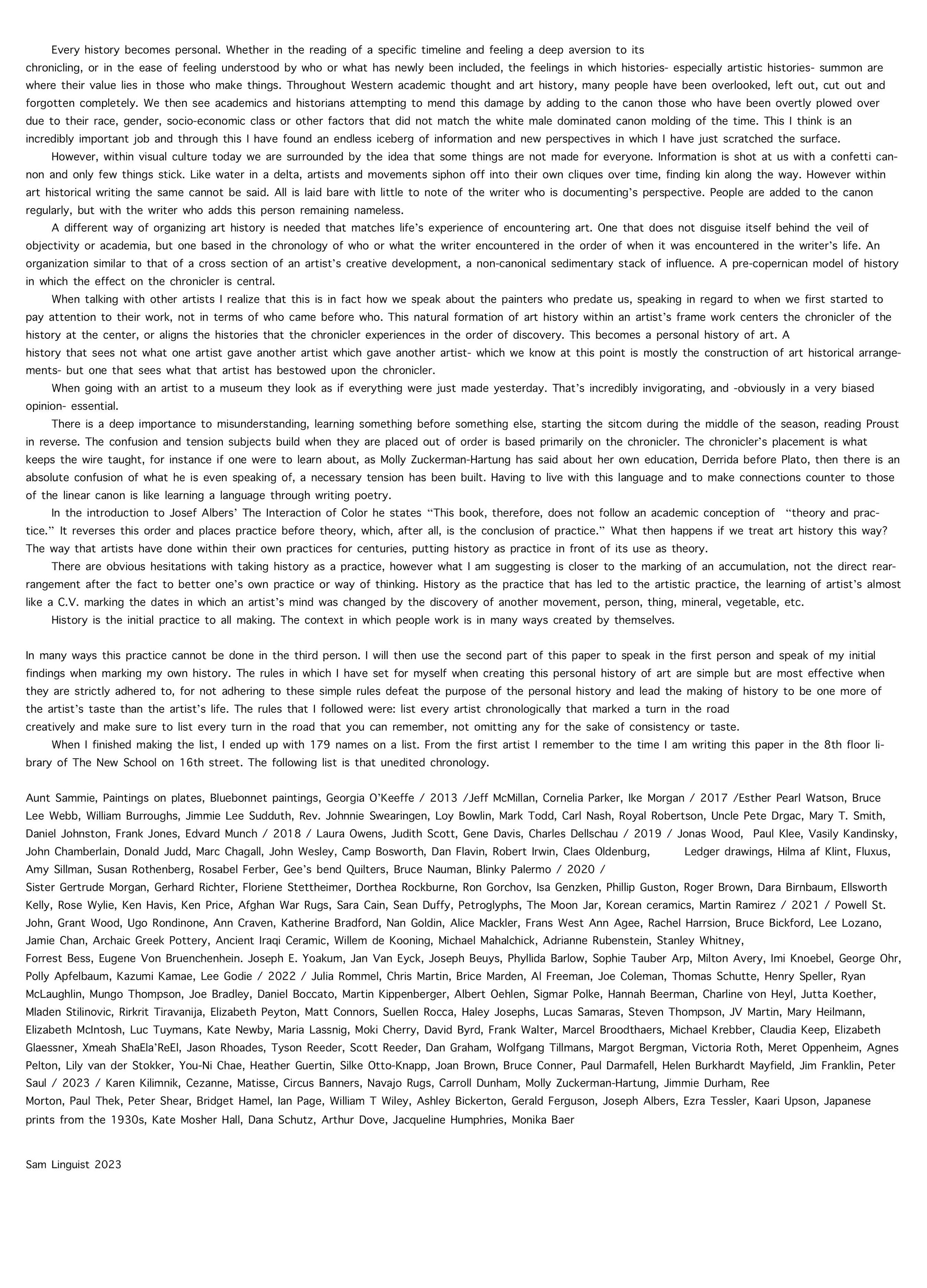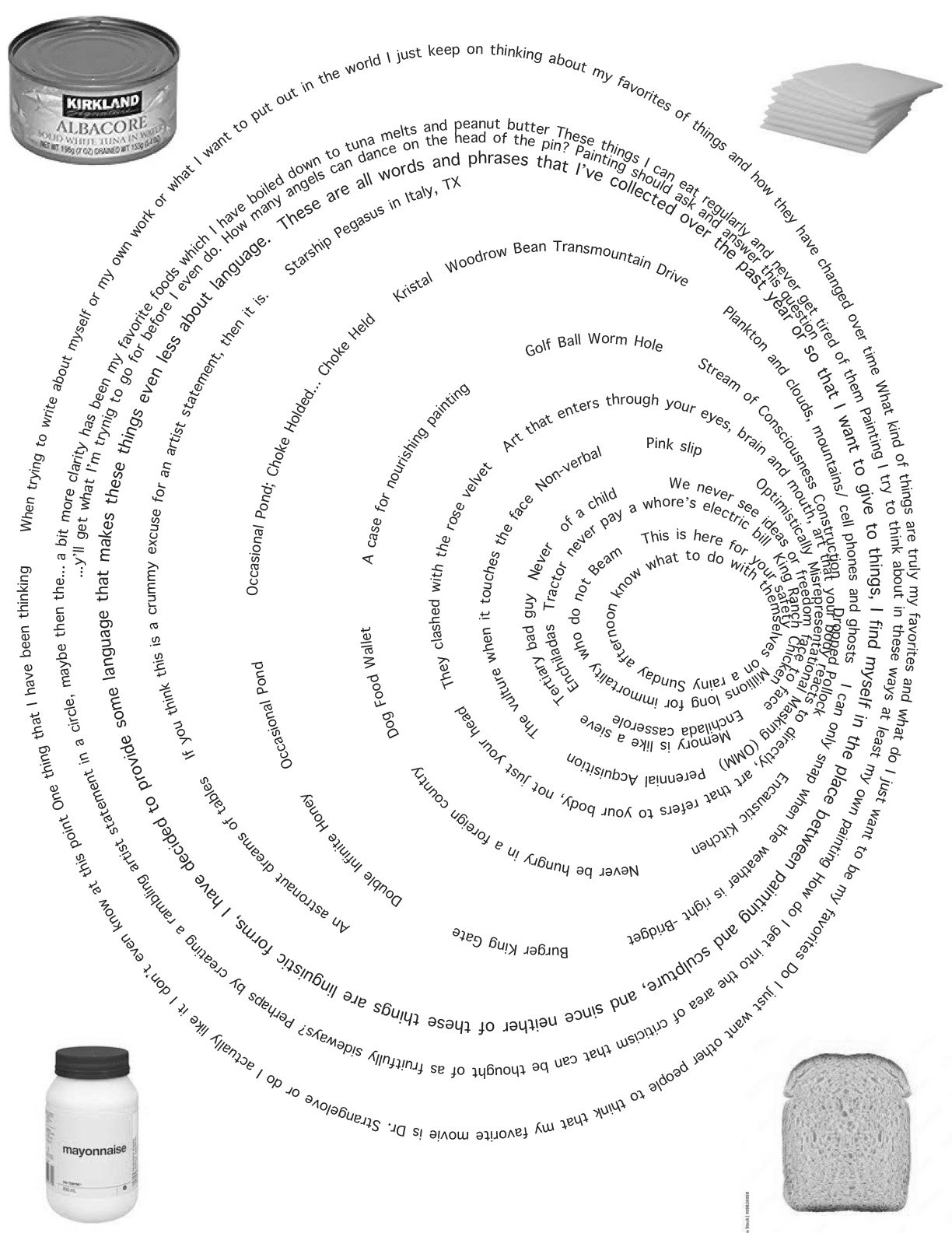exhibitions
text
cv
contact
2025
Super-Matte Strata by Natalie Power
Tessa Granowski's writing for the Dallas Art Fair with Nature of Things
2024
Lucia Arbery Simek's writing for ITALY, TEXAS at Institute 193
Natalie Power's writing for SOAP OPERA at Laurel Gitlen
2023





